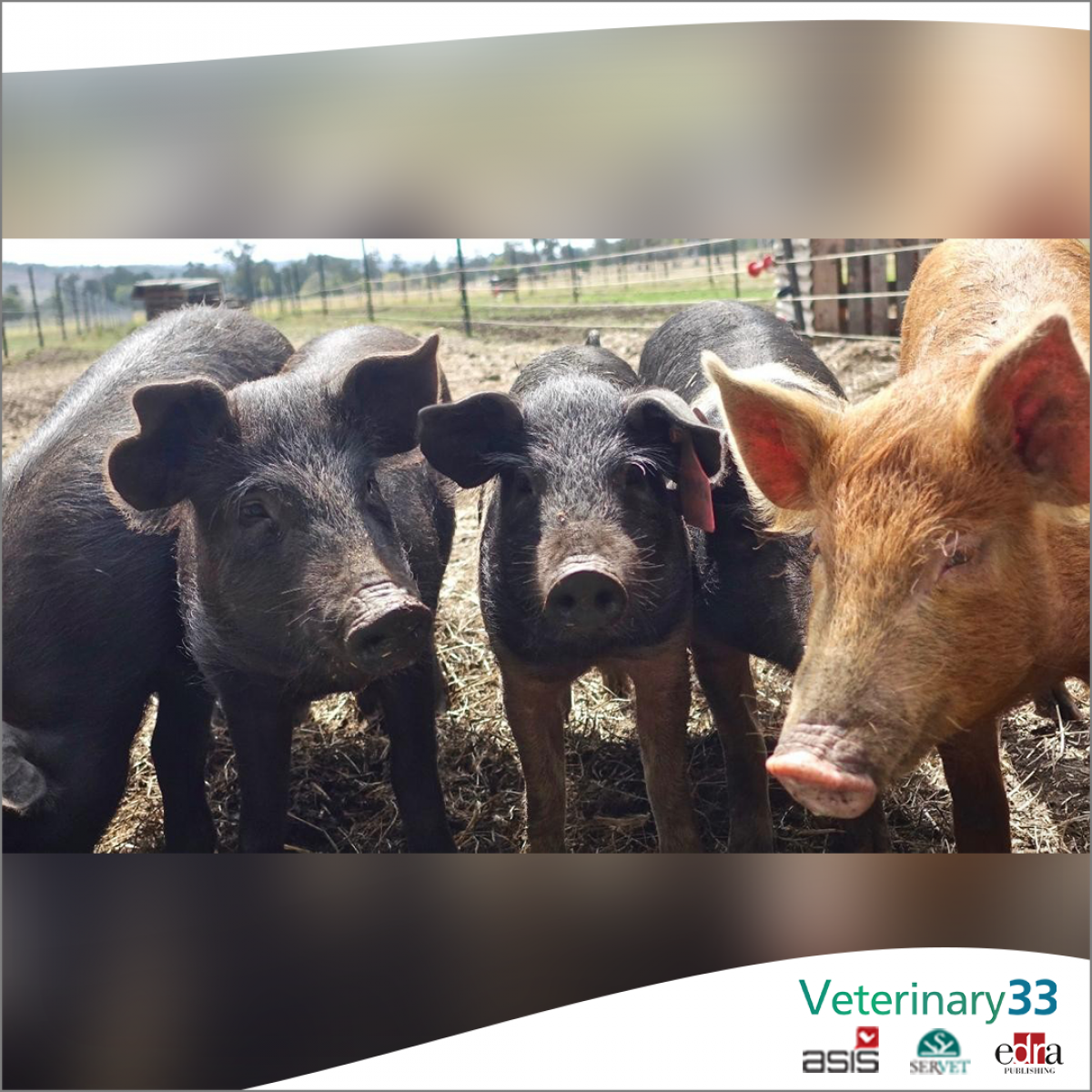A new procedure makes it possible to inactivate the PPA virus in environmental samples while maintaining its genome
Until vaccines or other effective treatments are fully developed, only early detection and proper biosecurity measures effectively reduce the spread of African swine fever (ASF) virus, currently the most dangerous disease in the swine industry world causing huge economic losses.
One of the most widely recognized risks related to the introduction of the African swine fever virus into a country is from infected animals and contaminated livestock vehicles. To improve African swine fever surveillance, a group of researchers has evaluated the ability to detect and inactivate the African swine fever virus genome by using dry sponges pre-hydrated with a new liquid surfactant.
To do this, they took samples from different surfaces in facilities contaminated with the ASF virus, including animal skins, and the results were compared with those obtained using a traditional sampling method. The liquid surfactant successfully inactivated the virus, while the virus DNA was well preserved for detection.
This is an efficient method to systematically recover ASF virus DNA from different surfaces and skin, which has key applied relevance in surveillance of vehicles transporting live animals and greatly improves animal welfare.
This method provides an important basis for the detection of the ASF virus genome that can be evaluated without the biosafety requirements of a level 3 laboratory, at least in the countries affected by African swine fever, which can substantially accelerate the early detection of the pathogen virus.











List
Add
Please enter a comment